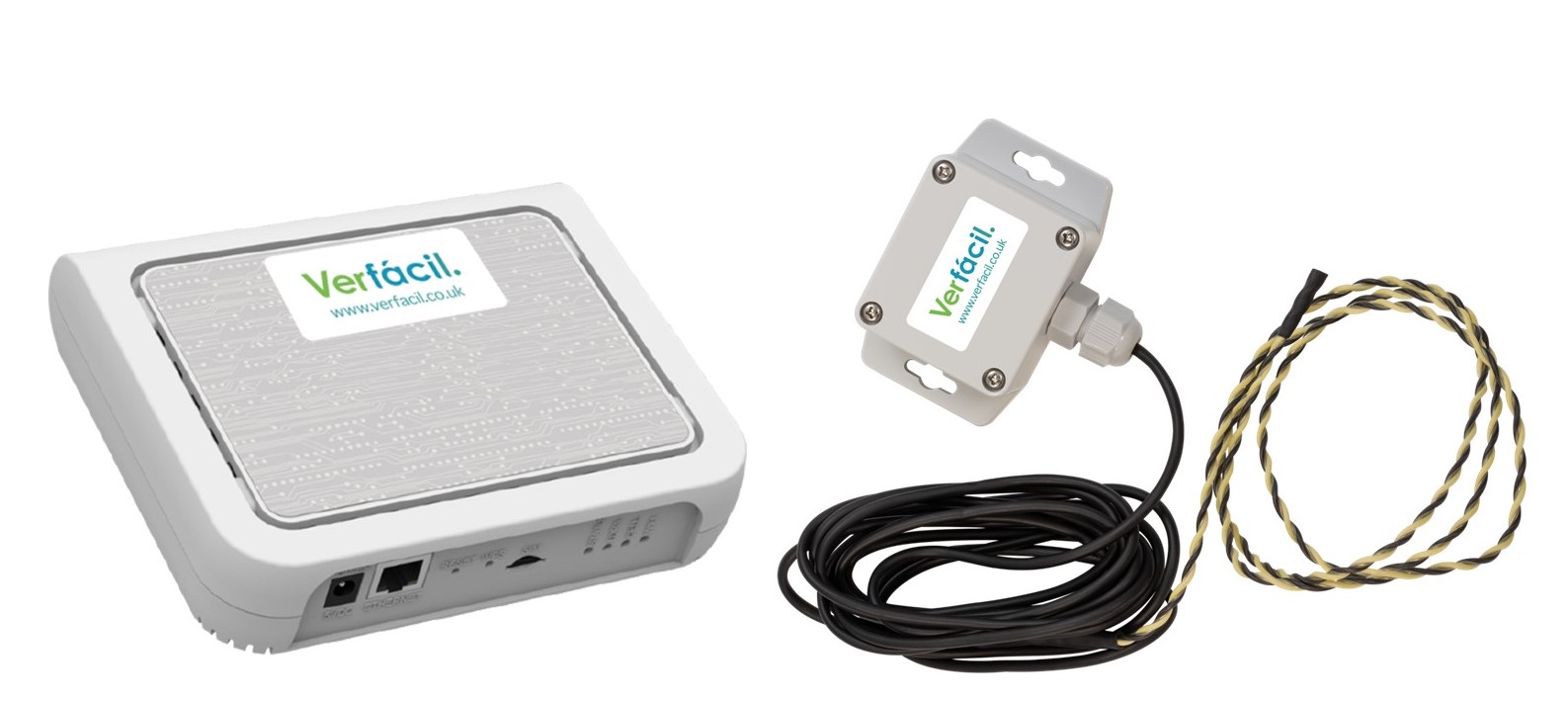As we become more and more connected to the internet through a wide range of devices in our homes, cars and businesses, the Internet of Things (IoT) is making its mark on many industries and is undoubtedly changing the role of insurers towards a more preventative and digital or connected approach.
What is Connected Insurance and how does it Work?
Connected Insurance allows greater potential for both the insurer and the insured enabling insurers to access data in a swifter way whilst improving outcomes. Customers are rewarded for their loyalty and input.
Connected Health, Connected Car and Smart Home are three examples of businesses currently adopting IoT technologies in order to reduce risk, reduce loss, manage energy and provide effective maintenance.
Let’s take Connected Car as an example:
Connected Car Insurance is a technology-driven car insurance whereby insurance premiums are dependent on driver behaviour. Drivers are given a physical device (OBD II) that plugs into their vehicles agnostic system, or by a mobile application that is run through a smartphone. Both have the ability to record data about driving behaviour and send the information to the insurance provider, This is to reward and promote safer, smarter driving. Successful drivers receive discounts and savings to their monthly premiums.
Whilst there is still some doubt and uncertainty about the use and restrictions of IoT data and devices, Insurance companies should start thinking about other, more strategic ways that IoT could help them survive in the future.
Claims for Water Damage
According to Homeserve Labs, Insurance claims for water damage account for around a quarter of insurance pay-outs every year in the UK, which inevitably means that premiums go up.
As an Internet of Things provider, we recognise the impact water leaks can have on a school, academy, health care setting or business.
One of the largest student accommodation providers in the UK has an 11 storey tower in South Yorkshire with 300 hot water cylinders.
After experiencing several major water leaks their insurer refused to cover the building unless water leak detection was installed.
A hardwired cabled solution was quoted at over £500,000 as local power needed to be sourced, and even at this cost there was no central alarm provision or remote alerting.
We know that a LoRaWAN solution for this would cost approximately £50,000 (requires no power) and would allow for remote monitoring and alerts benefiting both the insurer and the client.

At Ver Facil, we can provide LoRaWAN cabled products (without the need of power) that can help detect water leaks before the damage becomes irreversible and can deploy hundreds of devices throughout multi storey and multi occupancy buildings e.g. schools, academies, health care settings, businesses and more.
Call 01208 811277 today for more information.

